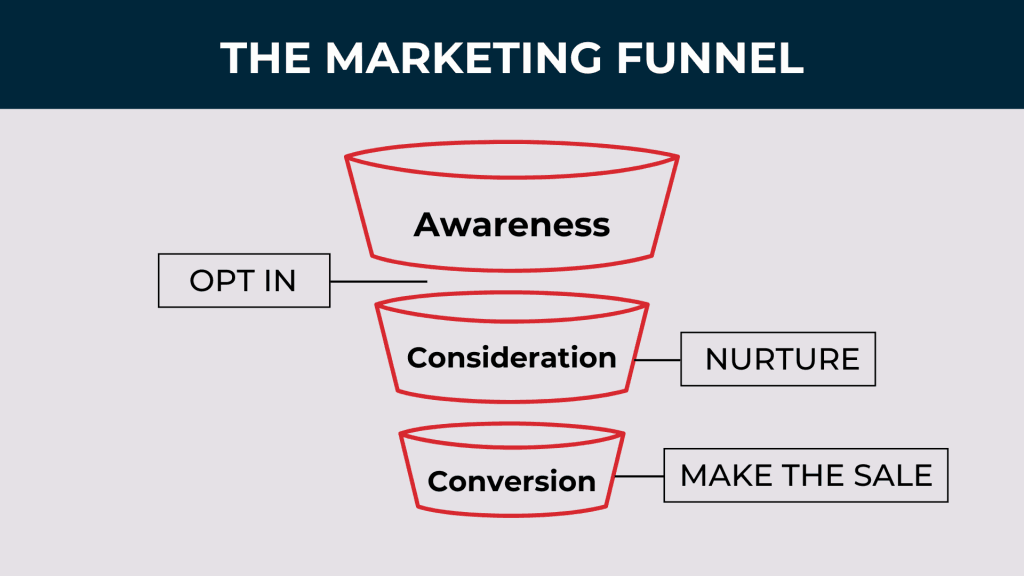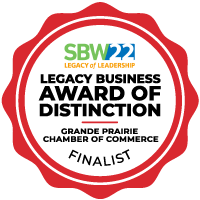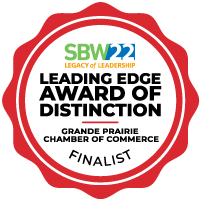Email marketing has been a central part of digital marketing long before social media held the spotlight. It’s one of the most effective tools for client contact, which is why it is a valuable touchpoint in your digital marketing strategy. So, why is email marketing so important, and how can you use it for your business?
The Value of Email Marketing
Email marketing’s effectiveness is in its direct contact. Unlike other platforms, your email list is yours to control. You don’t have to worry about algorithm changes or whether or not you are reaching the right audience. This direct access to an interested list is priceless. Here are a few reasons why email marketing has been a marketing powerhouse for as long as it has.
- Direct Contact: You’re landing directly in someone’s inbox, providing a personal touch.
- Lead Nurture: Email marketing is essential for moving leads through the marketing funnel.
- Ownership of Data: You control the list, ensuring your messages reach your audience without interference.
- Multiple Touch-points: Email adds another crucial touchpoint in your overall marketing strategy.
Where it all begins
Ultimately all your marketing starts with, and will always come back to, your brand. In order for you to know who your target audiences are, how to reach them, what problems they need solved, the language to use, and so much more, you first need to know your brand.
Now brand is much more complex than just your logo and colours. It involves understanding your business as a person. Check out this blog post to learn what all the steps are and how you can approach laying out your own brand.
Understanding the Marketing Funnel
To fully see where email marketing fits in a strategy, let’s break down the marketing funnel. Marketing funnels consist of four main stages: Awareness, Opt-In, Consideration, and Conversion.
- Awareness: This is where people discover you. They might find you through your website, social media, ads, or even a business card.This is where your audience meets you for the first time.
- Opt-In: At this stage, your audience makes a conscious decision they want to know more. Usually this looks like signing up for a newsletter, entering a draw, or requesting more information. You can offer incentives like a coupon, ebook, or free piece of information in exchange for their email address. This is called a Lead Magnet
- Consideration: Here, your leads evaluate whether you are right for them. Email marketing plays a critical role in keeping your brand and services at the top of their inbox and top-of-mind during this phase.
- Conversion: This is the goal. For some, this could be a purchase or transaction; for others it might be a different type of engagement. It all depends on your end goal and what you want out of your interactions with your audience.

The Importance of Lead Nurturing
Ever heard the phrase “Out of Sight, Out of Mind”? Without consistent follow-up, your audience might forget about you. Email marketing makes sure you remain relevant and present in your people’s inbox, guiding them smoothly from consideration to conversion.
Choosing the Right Email Marketing Platform
Using a dedicated email marketing platform has a lot of advantages over manual email sends. Your Time is money, and Manually sending emails through a generic inbox will waste your time and will often put you at risk. So why should you invest?
- Automation: Build and map out automated sequences and follow ups so your audience feels seen, heard, and cared for.
- Analytics: Have something tangible to see whether or not your email marketing is doing its job.
- Legislation Compliance: Easy compliance with anti-spam laws like CASL (Canada’s Anti-Spam Legislation).
- Segmentation: Organize your contact lists so you can target your messages to specific audience segments for more personalized messages.
There are lots of email marketing and CRM Management platforms on the market. At the end of the day, It’s only you that can decide if a platform is right for you. Remember, just because you start somewhere doesn’t mean you can’t change what you have if your needs also change.
Designing Engaging Emails
Your email’s design is just as important as its content. When digital marketing and inboxes are so saturated, how are you supposed to stand out? Here are a few tips for creating compelling emails:
- Balance Text and Media: Break up text with images and other media to make your emails visually appealing.
- Use Buttons for Calls to Action: Big, bold buttons encourage clicks more effectively than text links.
- Embed Videos: Videos can engage your audience more effectively and share your message quickly.
- Personalization and Emojis: Personalize emails with the recipient’s name and use emojis to make subject lines stand out. Remember, you are talking to an actual person, using their name shows you care.
Looking Forward and Using Ai
Tools like ChatGPT streamlines your email marketing by helping you draft content quickly. While AI can save you time, remember to customize and refine the content to match your brand voice and goals.
Now don’t forget there is a lot that goes into using Ai effectively. Learn all about how you should be using your Ai tools here!
Enhancing Your Email Marketing Strategy
Email marketing is a vital part of any digital strategy because of its direct contact and control of your audience. By understanding the marketing funnel, nurturing leads, maintaining brand consistency, and using the right tools and strategies, you can maximize the effectiveness of your email campaigns. Start small, stay consistent, and watch your engagement and conversions grow.










